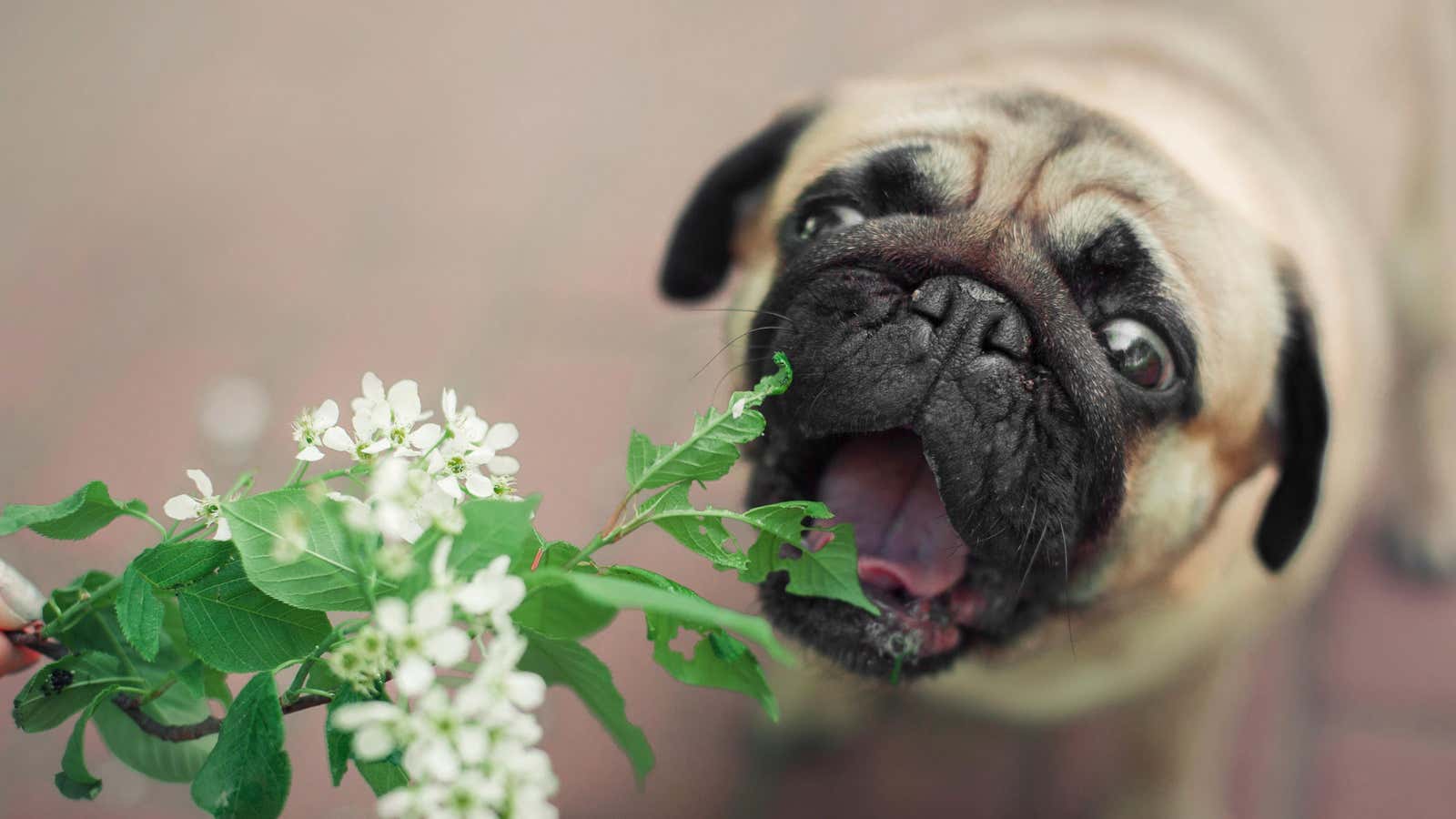How to Tell If a Plant Is Toxic to Pets Before Buying It

Houseplants are a great way to decorate them, and keeping them there can even have psychological benefits, but for a curious cat or dog, many plants can also pose serious health risks. Therefore, before bringing home any plant, you should familiarize yourself with the obvious signs of toxicity so that you can comfortably decorate it without worrying about the possibility of poisoning your beloved pet.
How to recognize a poisonous plant
You probably know that certain plants are bad news for cats or dogs, but it’s important to understand how widespread common house plants are that can be lethal to pets. According to the Humane Society , there are “over 700 plants that have been identified as poisonous (that is, they produce physiologically active or toxic substances in sufficient quantities to be harmful to animals).” While the vast majority of these plants will not be sold at your local nursery or hardware store, knowing they exist should be reason enough to be cautious.
If you study plants closely, look for signs of toxicity before bringing them home. Garden Knowhow recommends avoiding plants with:
- Milk juice
- Naturally shiny leaves
- Yellow or white berries
- Umbrella plants
These are the most common outward-facing signs of toxicity and are fairly easy to spot by non-professionals. However, since most of us are not plant taxonomists, it is wise to ask the people you buy plants from if they are animal-friendly or do your own research – a quick Internet search while loading your cart can save you. a lot of heartache in the future.
Which plants are toxic to cats and dogs?
As noted, many plants are harmful to animals, so be sure to research a specific plant if you’re unsure. However, there are some common plants that are known to be unsafe for household pets. The American Society for the Prevention of Cruelty to Animals (ASPCA) provides a list of 10 plants to be especially wary of given their fairly common use as decorative items in homes and gardens:
- ” Lilies , including Asiatic lilies and daylilies, can be toxic to both dogs and cats, but the consequences for cats are much more serious.”
- ” Azaleas and rhododenrons can have different effects depending on the amount consumed by dogs, cats and horses.” They can usually be found in gardens and parks.
- “ Sago palms are highly toxic to small animals and generally dangerous to all domestic animals. Although the whole plant is poisonous, seeds or nuts are the most toxic parts. “
- ” Tulips , while beautiful, can cause stomach upset, which can be very serious in some cases.”
- ” Hydrangeas can be very dangerous because they contain cyanide.”
- ” Daffodils can cause stomach upset if swallowed, which can be very serious in some cases.”
- “ Hosts create great backyard greenery. But be sure to pay attention to your pets that are near them, as they can cause stomach upset. “
There are many more toxic plants than these , so make sure you know what you are bringing indoors first. If you want to completely avoid the risk (and the burden of research), stick to plants known to be safe for your pets. And if the worst happens and you suspect that your pet has swallowed something that it shouldn’t, take the animal immediately to a veterinary clinic or emergency clinic. If you need immediate assistance, you can call the ASPCA’s 24-hour hotline at 1-888-426-4435.